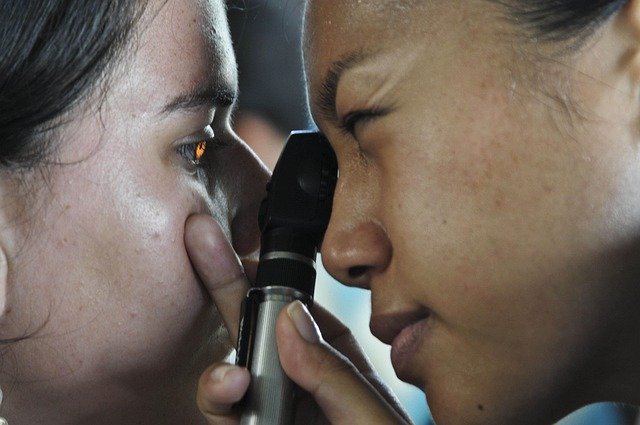Treatment Options for Bad Eyesight
Poor eyesight can arise from many causes — refractive errors, age-related changes, disease, or injury — and treatments vary accordingly. Understanding the common options and when to pursue them helps you make informed choices about eye care. This article outlines typical treatments, what to expect from assessments, and how professionals guide correction and rehabilitation.

This article is for informational purposes only and should not be considered medical advice. Please consult a qualified healthcare professional for personalized guidance and treatment.
What affects the eye clarity?
Many factors influence how clearly you see. The most common are refractive errors (myopia, hyperopia, astigmatism, presbyopia) where the eye’s shape prevents light from focusing properly on the retina. Other contributors include cataracts, macular degeneration, diabetic retinopathy, and dry eye disease. Lifestyle elements — prolonged screen use, poor lighting, smoking, and unmanaged chronic conditions like diabetes — can worsen vision over time. Accurate diagnosis begins with a clinical assessment to determine whether the issue stems from optics, ocular health, or systemic disease.
How does vision correction work?
Vision correction aims to refocus light on the retina or improve retinal function. Optical approaches include corrective lenses (glasses or contact lenses) to adjust focal points. Refractive surgeries such as LASIK or PRK reshape the cornea to alter refraction. For conditions like cataracts, surgery replaces the cloudy lens with an artificial intraocular lens. For retinal or vascular problems, treatments may include injections, laser therapy, or surgery depending on the diagnosis. Rehabilitation, low-vision aids, and adaptive strategies support people when full restoration isn’t possible.
When should you schedule an eye exam?
Regular eye exams detect problems early and help preserve vision. Adults should typically have an eye exam every 1–2 years, or sooner if symptoms appear: blurred vision, frequent headaches, double vision, difficulty reading, or sudden changes such as flashes or floaters. People with diabetes, high blood pressure, a family history of eye disease, or those on medications affecting vision may need more frequent checks. An exam evaluates visual acuity, refractive status, eye health (retina, lens, optic nerve), and binocular function to guide treatment decisions.
Do glasses still help?
Glasses remain a safe, effective, and noninvasive option for correcting refractive errors and are often the first-line treatment. They provide immediate improvement in clarity and can be tailored for single-vision, bifocal, or progressive needs. Special lenses address astigmatism or protect against UV light and blue light from screens. While they do not halt disease progression, they improve function and quality of life. For many, glasses are a preferred choice due to minimal risk, easy reversibility, and wide availability through local services.
What role does an optometrist play?
Optometrists conduct comprehensive eye exams, prescribe corrective lenses, detect common eye diseases, and manage certain ocular conditions. They often provide primary vision care and refer to ophthalmologists for surgical interventions or complex retinal or neuro-ophthalmic issues. Optometrists can advise on preventive measures, coordinate care with other health professionals for conditions like diabetes, and fit specialty lenses. When seeking care in your area, an optometrist is frequently the first point of contact for assessment, ongoing monitoring, and practical treatment options.
Finding appropriate care and choosing a treatment path depends on accurate diagnosis and personal needs. Local services range from optical retailers that provide glasses and basic eye exams, to specialized clinics offering surgical and medical retina treatments. When considering options, compare the provider’s scope of services, credentials, and whether they work closely with ophthalmologists for complex cases. Insurance coverage, reimbursements, and available community resources can affect access to treatments and should be reviewed during planning.
Conclusion
Treating poor eyesight requires a clear understanding of the underlying cause, a proper eye exam, and a plan that matches medical findings with lifestyle needs. Noninvasive measures such as glasses and contact lenses correct many refractive issues, while medical and surgical interventions address structural or disease-related problems. Regular monitoring, prompt attention to changes, and collaboration between optometrists and other eye care specialists help maintain vision and adapt care over time.






